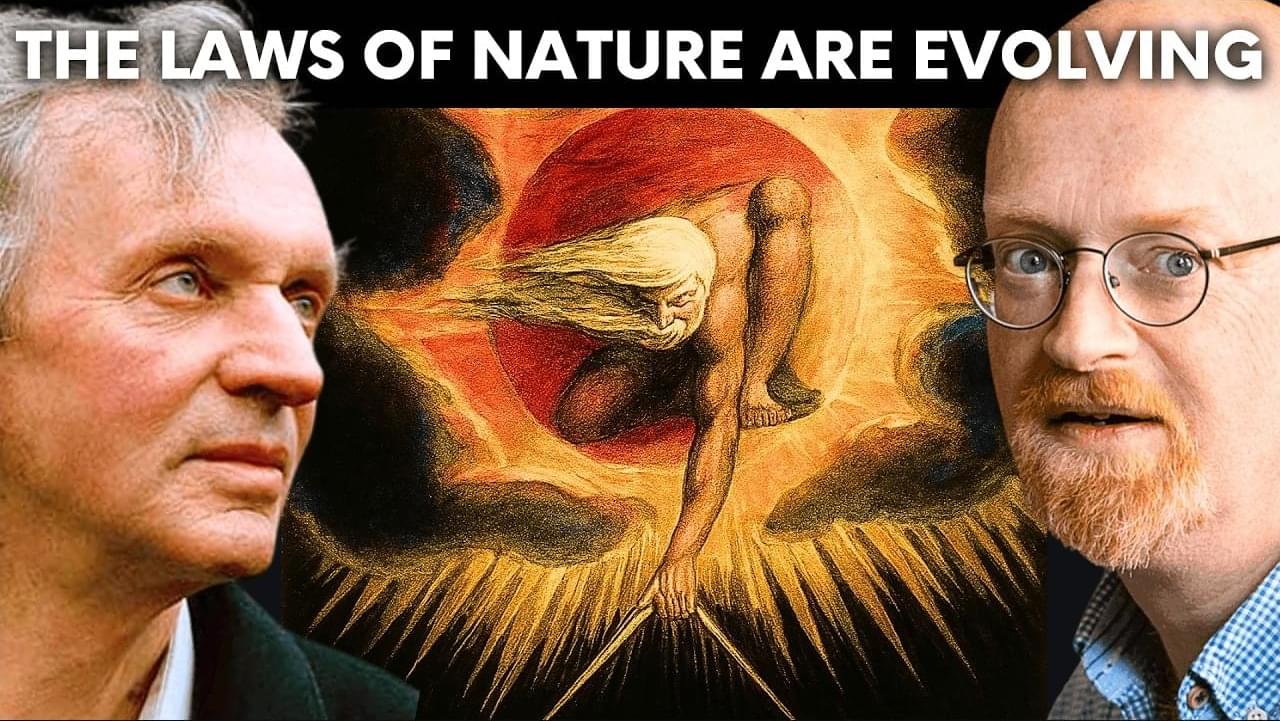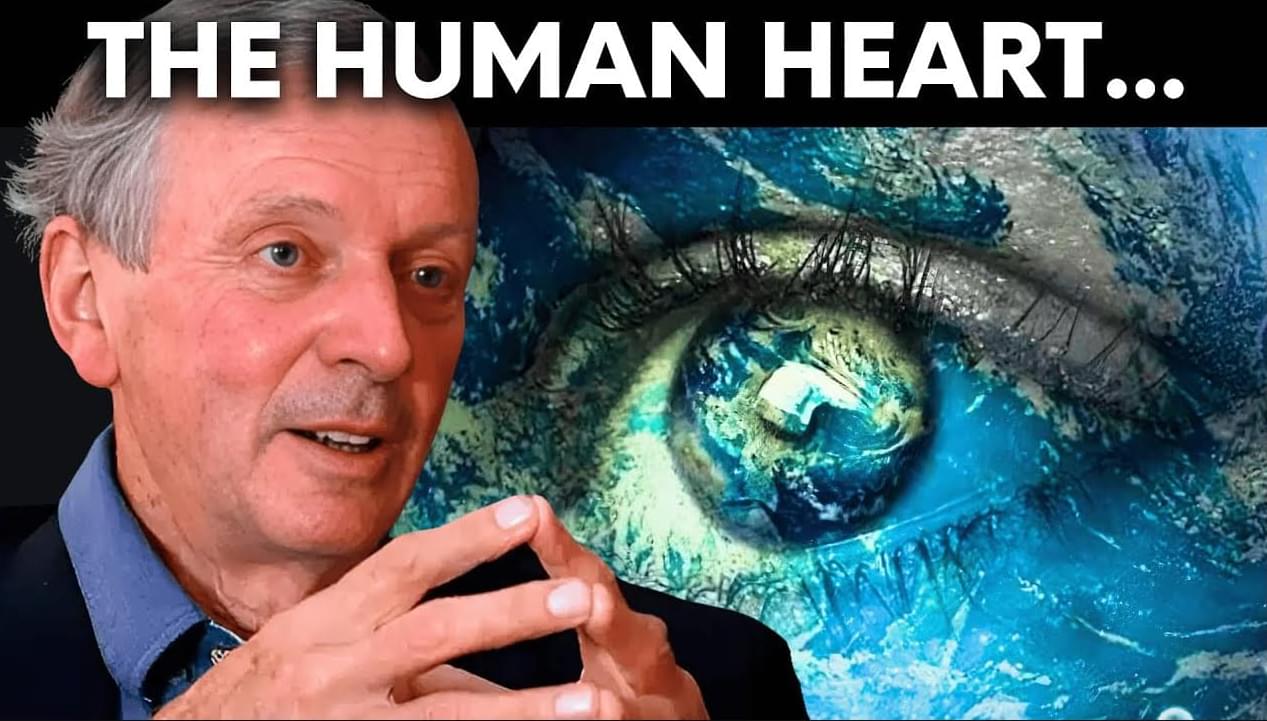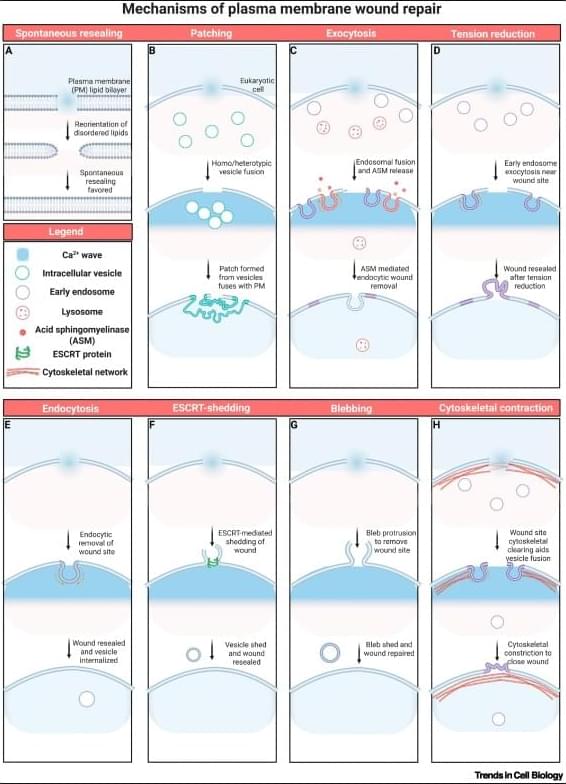Researchers have developed a groundbreaking 3D brain model that closely mirrors the architecture and function of the human brain.
Please consider joining my Substack at https://rupertsheldrake.substack.com.
Does Nature Obey Laws? | Sheldrake-Vernon Dialogue 95.
The conviction that the natural world is obedient, adhering to laws, is a widespread assumption of modern science. But where did this idea originate and what beliefs does it imply? In this episode of the Sheldrake-Vernon Dialogues, Rupert Sheldrake and Mark Vernon discuss the impact on science of the Elizabethan lawyer, Francis Bacon. His New Instrument of Thought, or Novum Organum, put laws at the centre of science and was intended as an upgrade on assumptions developed by Aristotle. But does the existence of mind-like laws of nature, somehow acting on otherwise mindless matter, even make sense? What difference is made by insights subsequent to Baconian philosophy, such as the discovery of evolution or the sense that the natural world is not machine-like but behaves like an organism? Could the laws of nature be more like habits? And what about the existence of miracles, the purposes of organisms, and the extraordinary fecundity of creativity?
—
Dr Rupert Sheldrake, PhD, is a biologist and author best known for his hypothesis of morphic resonance. At Cambridge University, as a Fellow of Clare College, he was Director of Studies in biochemistry and cell biology. As the Rosenheim Research Fellow of the Royal Society, he carried out research on the development of plants and the ageing of cells, and together with Philip Rubery discovered the mechanism of polar auxin transport. In India, he was Principal Plant Physiologist at the International Crops Research Institute for the Semi-Arid Tropics, where he helped develop new cropping systems now widely used by farmers. He is the author of more than 100 papers in peer-reviewed journals and his research contributions have been widely recognized by the academic community, earning him a notable h-index for numerous citations. On ResearchGate his Research Interest Score puts him among the top 4% of scientists.
https://www.sheldrake.org/about-rupert-sheldrake?svd=95
—
Please consider joining my Substack at https://rupertsheldrake.substack.com.
In this talk, Rupert Sheldrake explores panentheism—the idea that the divine is not separate from the world but present throughout it, while also transcending it. With the grip of mechanistic materialism loosening, Rupert invites us to reconsider how we see nature, mind, and spirit. Tracing a broad arc from ancient philosophies and Christian mysticism to AI-generated worldviews, panpsychism, and psychedelics, he reflects on how the sacred presence in nature—-long affirmed by spiritual traditions-—is re-emerging through science, experience, and renewed practices of attention.
This talk was recorded at St James Church, Piccadilly, a longstanding hub for open spiritual inquiry and progressive theology in the heart of London.
Table of Contents.
00:00:00 — What Is Panentheism?
00:00:37 — The Dominant Worldview: Mechanistic Materialism.
00:01:46 — The Decline of Materialism & Rise of Alternatives.
00:02:21 — AI & Worldview Generation: A Symptom of Our Time.
00:03:55 — Return to a Living World: Gaia Hypothesis & Distributed Consciousness.
00:05:01 — God: Immanent vs. Transcendent (with Cultural Examples)
00:07:27 — Historical Tour: European Intellectual History.
00:07:42 — Pre-Christian & Ancient Greek Animism (Aristotle’s Souls)
00:09:51 — Medieval Period: Christianization of Greek Thought (Aquinas)
00:11:20 — Early British/Celtic Nature Mysticism.
00:12:51 — The Protestant Reformation: De-sacralizing Nature.
00:16:00 — The Scientific Revolution & Cartesian Dualism (Nature as Machine)
00:18:05 — From Deism to Atheism.
00:20:59 — The “Hard Problem” of Consciousness for Materialism.
00:23:28 — Panpsychism: Consciousness as Fundamental (Even in Stars)
00:26:26 — Pantheism (Spinoza) and Idealism (Kastrup) as Alternatives.
00:28:55 — Revival of Mystical Sense: Meditation.
00:31:00 — Psychedelics and Experiences of Greater Consciousness.
00:33:16 — The Experiential Roots of Religion (David Bentley Hart)
00:35:23 — Models of Ultimate Reality: Hindu Perspectives.
00:37:35 — Models of Ultimate Reality: The Christian Trinity & Speech Metaphor.
00:41:15 — Nature Reflecting Trinitarian Principles.
00:43:15 — The Cosmic Christ & Universe as Incarnation (Bede Griffiths)
00:44:57 — Aquinas: Nature Striving for Divine Perfection.
00:46:50 — Reconciling Immanence & Transcendence in an Evolving, Creative Universe.
00:48:17 — Spiritual Practices for Experiencing Panentheism (Singing, Festivals, Nature Connection)
00:53:46 — End of Lecture / Start of Q&A
By joining Rupert’s Substack, you’ll receive articles, ad-free episodes, early access to videos, and exclusive content:
👉 https://rupertsheldrake.substack.com.
#Panentheism.
Children on the autism spectrum, often at odds with their own emotions, may find help in an unlikely place: their own inner voice. A team from the University of Pittsburgh and collaborators tested a novel intervention designed to train autistic children in developing internal speech—and the results suggest it may reduce emotional dysregulation.
Emotional outbursts and difficulty with self-control can disrupt the lives of many autistic children and their families. Traditional therapies rarely focus on the language children use with themselves, the internal dialogue that helps regulate emotion and behavior in neurotypical development.
Prior research has shown inner speech supports problem-solving and self-regulation, yet many autistic individuals seem to lack this internal toolset.
The plasma membrane (PM) of eukaryotic cells is constantly exposed to many challenges that can cause wounds that necessitate rapid and efficient repair mechanisms to ensure cell survival. PM wound repair not only encompasses the immediate resealing of the membrane barrier, which involves exocytosis of internal vesicles to deliver membrane, but also subsequent processes that are essential to restore cellular homeostasis. These include restoration of membrane and cortical cytoskeleton structures, as well as replenishment of intracellular organelles consumed during resealing. Recent evidence suggests that the different steps in PM repair, resealing, restructuring, and restoration, are spatiotemporally correlated and regulated by membrane tension. Recent advances in understanding the different phases of PM repair are reviewed and a time-dependent classification of repair mechanisms is proposed.
What other factors other than atmospheric rivers contribute to flood risks? This is what a recent study published in the Journal of Hydrometeorology hopes | Earth And The Environment
New research shows that individuals with higher cognitive ability have stronger, more flexible synchronization of brain rhythms—specifically theta waves—in the midfrontal region during mentally demanding tasks.
Senate Bill 6 tasks the state’s Public Utility Commission with creating a framework for handling the surge in data centers and bitcoin minters.
Researchers at the Quantum Systems Accelerator (QSA) are advancing trapped-ion quantum computing through engineering advances.
Bees, ants and termites don’t need blueprints. They may have queens, but none of these species breed architects or construction managers. Each insect worker, or drone, simply responds to cues like warmth or the presence or absence of building material. Unlike human manufacturing, the grand design emerges simply from the collective action of the drones—no central planning required.
Now, researchers at Penn Engineering have developed mathematical rules that allow virtual swarms of tiny robots to do the same. In computer simulations, the robots built honeycomb-like structures without ever following—or even being able to comprehend—a plan.
“Though what we have done is just a first step, it is a new strategy that could ultimately lead to a new paradigm in manufacturing,” says Jordan Raney, Associate Professor in Mechanical Engineering and Applied Mechanics (MEAM), and the co-senior author of a new paper in Science Advances. “Even 3D printers work step by step, resulting in what we call a brittle process. One simple mistake, like a clogged nozzle, ruins the entire process.”









